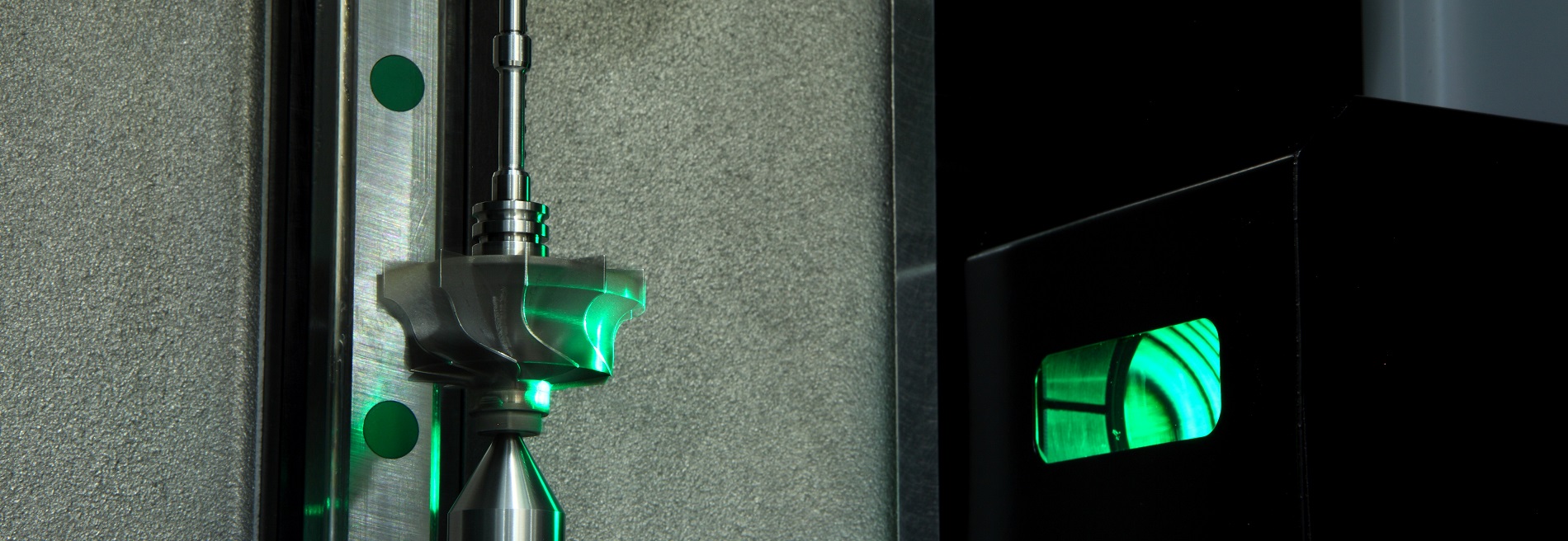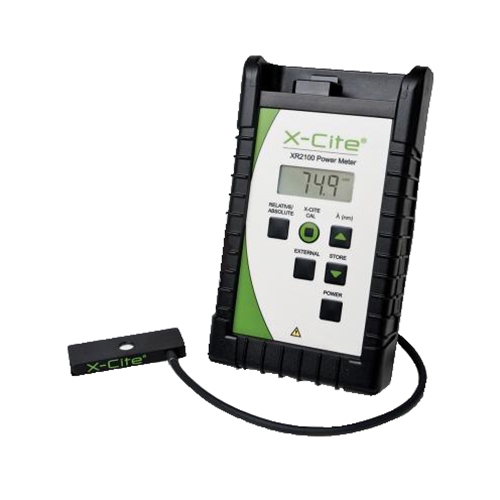Seven quality control challenges solved by optical measurement systems
The Duty of Optical Dimension Equipments ahead of time Metrology Techniques
Optical dimension systems have changed metrology, bringing a degree of precision that was as soon as inconceivable. As you discover even more, you'll uncover just how these systems are shaping the future of measurement and quality control.
The Development of Metrology: A Historic Perspective
As you check out the background of assessment, you'll find that its development reflects humanity's pursuit for precision and standardization. From old human beings utilizing body components as units of dimension to the development of standardized weights and actions, each step shows our need for accuracy. The Egyptians developed the pyramids making use of accurate dimensions, while the Romans progressed engineering with their innovative measuring tools.
During the Renaissance, clinical breakthroughs moved the emphasis towards more empirical techniques, leading the way for modern assessment. The intro of the statistics system in the late 18th century noted a significant turning point, developing global criteria. Throughout the 20th century, technological developments better changed metrology, enabling extremely precise dimensions in numerous areas.
Today, width proceeds to develop, integrating digital innovation and automation. This background highlights not simply the importance of dimension but also our ruthless quest of enhancing precision and uniformity in our progressively complicated world.
Principles of Optical Measurement Solutions
Comprehending the principles behind optical measurement systems is crucial for exact cause width. You'll wish to consider basic optical concepts, measurement accuracy elements, and effective system calibration techniques. Each of these components plays a vital duty in guaranteeing your dimensions are reliable and precise.
Basic Optical Concepts
While checking out optical measurement systems, you'll encounter basic optical concepts that develop the backbone of accurate information purchase. Light behaves in predictable means, and comprehending these habits-- like reflection, diffraction, and refraction-- is necessary for efficient measurements. You'll make use of lenses and mirrors to control light and focus it onto your target, making certain precision in your readings. In addition, the wave nature of light permits interference patterns, which can boost measurement resolution. Polarization can likewise play a key role in distinct signal from noise, boosting the clarity of your outcomes. By mastering these concepts, you'll be geared up to utilize optical innovations properly, paving the means for developments in width and guaranteeing your dimensions are both repeatable and reliable.
Measurement Accuracy Aspects
To achieve high dimension precision in optical systems, a number of factors come right into play, influencing the reliability of your outcomes. Top notch lenses and detectors decrease aberrations and noise, guaranteeing your measurements are specific. By attending to these elements, you can boost the general performance of your optical dimension systems, leading to more accurate and reputable outcomes in your metrology applications.
System Calibration Strategies
Accomplishing high measurement accuracy is just part of the equation; correct system calibration strategies are just as essential in optical dimension systems. To guarantee your system provides dependable outcomes, you need to consistently calibrate it utilizing typical reference products. Beginning by adjusting the optical components, like lenses and mirrors, to lessen organized mistakes. Next, employ recognized dimensions to validate the system's output and make required modifications. It's additionally important to account for environmental aspects-- temperature level and moisture can affect measurements. Execute a routine calibration routine to preserve consistency gradually. Document all calibration procedures and results; this will help you track efficiency and deal with any kind of drift in precision. With these techniques, you'll boost the dependability of your optical dimension system.
Secret Technologies Behind Optical Measurement
Optical measurement systems rely upon several vital innovations that boost precision and effectiveness in assessment. One vital modern technology is interferometry, which uses the interference of light waves to measure small displacements and surface area irregularities with severe precision. You'll also discover laser scanning systems, which catch in-depth 3D information of items quickly, making them invaluable for dimensional analysis.
Additionally, CCD and CMOS sensing units play a substantial role in transforming light right into electric signals, permitting high-resolution imaging and precise dimensions. Advanced algorithms for photo processing additionally boost dimension precision by examining data in genuine time, removing noise and improving attributes.
Lastly, fiber optics give flexibility and the ability to determine in tough environments while keeping signal stability. By leveraging these modern technologies, you can attain superior cause your width tasks, guaranteeing that your dimensions are both accurate and dependable.
Applications of Optical Measurement in Industry
As markets progressively demand precision and efficiency, the applications of optical measurement systems have come to be vital throughout numerous markets. In manufacturing, these systems assist you monitor dimensions and resistances in real-time, making sure quality assurance without taxing hands-on checks. In the automotive market, optical measurements assist in straightening elements with accuracy, improving security and efficiency.
In electronic devices, you're making use of optical methods to examine minute features on circuit card, detecting defects that can bring about failings. The aerospace industry take advantage of non-destructive screening methods, permitting you to analyze materials and parts without compromising their stability.
Optical dimension likewise plays an essential role in textiles, ensuring fabric dimensions meet precise specs. optical measurement systems. With their capability to offer high-resolution data rapidly, these systems empower you to make enlightened decisions, simplify procedures, and inevitably drive technology throughout your market
Enhancing Accuracy and Efficiency in Measurements
When you consider boosting precision in measurements, precision in your measurement strategies is necessary. By simplifying these processes, you can accomplish quicker results without sacrificing top quality. Let's explore just how adopting innovative optical dimension systems can elevate both precision and effectiveness in your work.
Accuracy in Dimension Methods
Precision in measurement strategies is important for accomplishing dependable cause metrology, especially given that tiny disparities can lead to significant mistakes. By making use of advanced optical measurement systems, you can improve the precision of your measurements. These systems provide high-resolution information that help you find even the slightest variations in dimensions. You decrease unpredictabilities and improve repeatability in your processes when you embrace these innovations. Furthermore, accurate measurements enable you to preserve quality control, ensuring that products satisfy stringent requirements. This not only boosts your integrity but also enhances client contentment. Buying accuracy measurement devices eventually results in boosted performance, reduced waste, and maximized production cycles. Embracing these techniques will change your method to assessment, producing exceptional results.
Enhancing Dimension Processes
To boost accuracy and effectiveness in measurements, streamlining your measurement procedures is important. Begin by taking on optical dimension systems that give real-time information, minimizing the time invested in hands-on recording. These systems typically incorporate perfectly with existing software application, enabling you to automate data collection and analysis.
Next, standardize your measurement methods. By carrying out consistent treatments, you minimize irregularity and improve repeatability. Do not forget to consistently adjust your tools to assure its precision.

The Effect of Optical Measurement on R & D
As scientists undertaking to push the boundaries of technology, optical measurement systems have come to be vital tools in the development process. These systems offer you with specific, real-time data that boosts your capability to analyze intricate materials and structures. In various fields, i loved this from biotechnology to aerospace, you depend on optical dimensions to boost and optimize designs product efficiency.

With high-resolution imaging and non-contact techniques, you can minimize example disturbance, enabling even more accurate outcomes. This capability to record minute like this details accelerates your R&D cycle, allowing you iterate designs promptly and successfully. In addition, optical measurement fosters cooperation across techniques, as the information created is commonly conveniently interpretable and shareable.
Inevitably, integrating optical dimension systems into your research not only boosts productivity however additionally deepens your understanding of the phenomena you research. By leveraging these sophisticated techniques, you're better furnished to innovate and stay ahead in an affordable landscape.
Future Fads in Optical Measurement Equipments
With the fast innovation of modern technology, you're likely to see substantial shifts in optical dimension systems that will redefine their application across various markets. You'll notice an approach increased automation and combination of expert system, enabling for real-time information evaluation and improved precision. Miniaturization is an additional fad; small devices will certainly allow measurements in tighter spaces, making them ideal for fields like aerospace and biomedical applications.
Moreover, the arrival of sophisticated materials, such as photonic crystals, will certainly boost level of sensitivity and resolution. Expect to see systems that can run in tough environments, offering reputable dimensions in extreme conditions. Cloud-based analytics will certainly additionally play a vital function, using you access to big datasets for much better decision-making. As these modern technologies assemble, you'll find that optical measurement systems not only improve accuracy yet likewise improve operations, inevitably driving technology and efficiency in your projects.
Regularly Asked Questions
Just How Do Optical Dimension Solutions Compare to Standard Dimension Techniques?
Optical dimension systems use higher accuracy and faster outcomes contrasted to standard techniques. You'll discover they capture more information points precisely, lowering human error and boosting reliability, making them a favored selection in different applications.
What Industries Advantage Many From Optical Measurement Systems?
You'll locate sectors such as aerospace, vehicle, and electronics profit most from optical dimension systems. These sectors count on accurate dimensions to ensure top quality and performance, boosting performance and minimizing expenses via advanced modern technology.

Are Optical Dimension Systems Expensive to Apply?
Optical dimension systems can be pricey to apply, however their precision and performance commonly justify the price. Buying such modern technology can cause substantial lasting cost savings and renovations in high quality throughout numerous applications.
What Abilities Are Needed to Operate Optical Dimension Solutions?
To operate optical measurement systems, you'll require strong analytical skills, interest to detail, and proficiency in software program devices. Familiarity with optics and an understanding of dimension principles will certainly also boost your efficiency and performance.
Exactly How Do Ecological Aspects Influence Optical Measurements?
Environmental aspects like air, temperature, and moisture top quality can distort optical dimensions. You'll discover variations in precision because of light interference or refraction. optical measurement. Keeping steady index problems is vital for specific and reputable optical measurement outcomes
Conclusion
In summary, optical measurement systems are reinventing assessment by providing unmatched precision and efficiency. As you discover future trends, you'll see how the assimilation of AI and automation will certainly continue to elevate dimension methods, driving development and improving top quality control.
Achieving high measurement accuracy is just component of the equation; correct system calibration methods are similarly crucial in optical measurement systems.When you believe concerning improving precision in dimensions, precision in your measurement techniques is necessary. By utilizing advanced optical dimension systems, you can improve the accuracy of your measurements.To enhance precision and performance in measurements, simplifying your dimension procedures is crucial. Just How Do Optical Measurement Systems Contrast to Traditional Measurement Techniques?